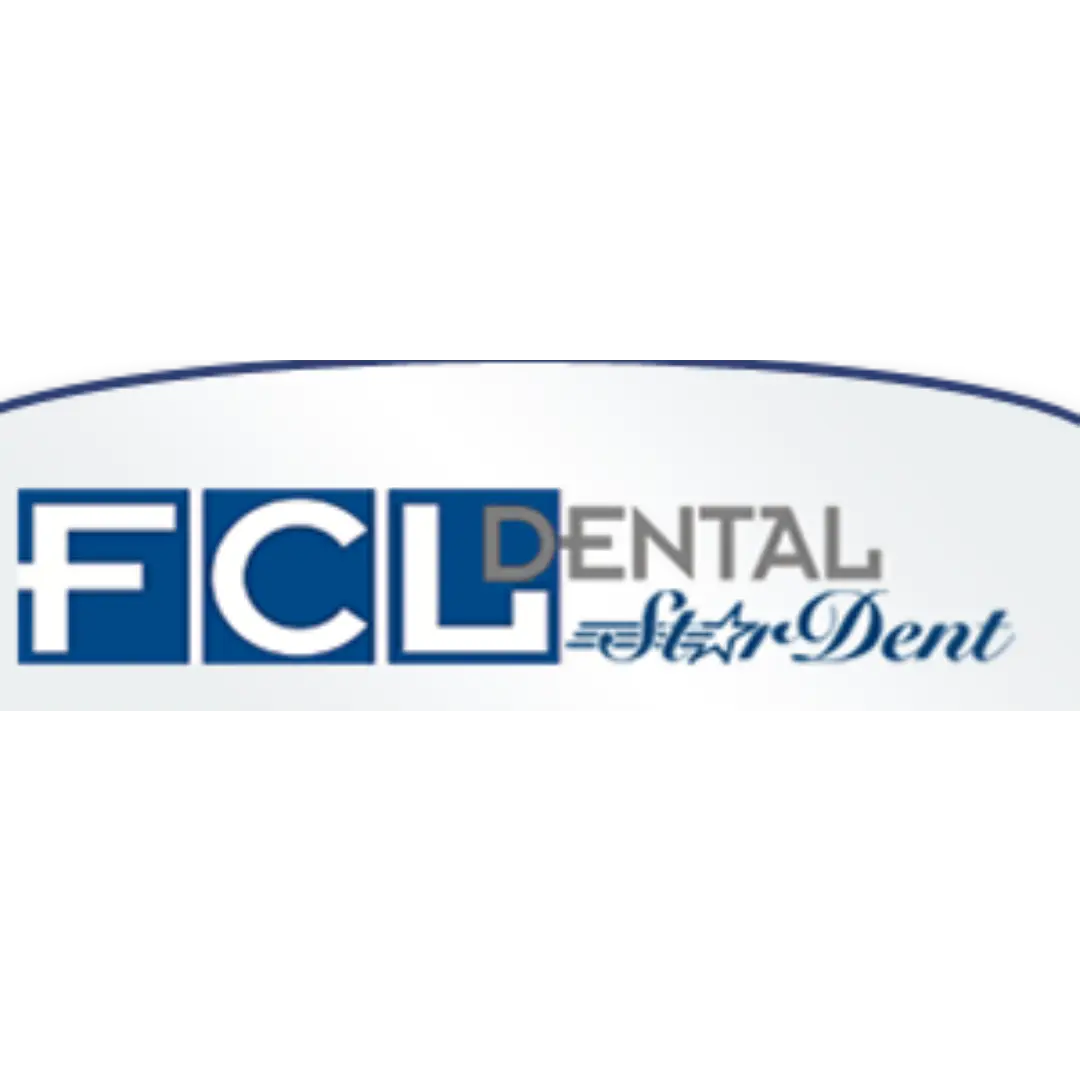When undergoing any medical procedure, especially surgery, it’s important to prepare for recovery in advance. This is particularly true for wisdom tooth removal where the recovery period greatly impacts treatment success. Wisdom teeth, also known as third molars, often cause problems such as overcrowding, impaction, or alignment issues.
Approximately 85% of adults require wisdom tooth removal due to these complications. Proper preparation and aftercare play a critical role in ensuring a smooth recovery and preventing further oral health issues.
By preparing properly and following the correct aftercare steps, you can reduce discomfort and avoid complications. Without proper care, about 30% of patients risk developing issues like dry sockets, which can be painful and delay healing. Adhering to the do’s and don’ts after wisdom tooth extraction ensures smoother healing, less swelling, and a significantly reduced risk of infection.
In our blog, we’ll go deeper into recovery tips, managing complications, and knowing when to need help after tooth extraction
Table of Contents
What Is Wisdom Teeth Removal?

Wisdom tooth removal is a routine dental procedure focused on removing one or more of the third molars, commonly referred to as wisdom teeth. These molars typically emerge between the ages of 17 and 25 and can often lead to various dental issues, such as overcrowding, impaction, or dental infection, making extraction necessary to protect overall oral health.
- Location: Wisdom teeth are located at the very back of the mouth, two on the top and two on the bottom.
- Common Issues: They can cause problems like overcrowding, impaction (when the tooth doesn’t fully emerge), or increased risk of cavities due to their hard-to-reach location.
- Why Remove Them: Dentists often recommend wisdom tooth extraction to prevent pain, infection, and damage to nearby teeth, which improves overall oral health.
- Procedure: This procedure involves numbing the area, removing the tooth, and sometimes stitching the gum to aid in healing.
This procedure helps prevent complications and supports better long-term dental health.
Why Would a Dentist Recommend Wisdom Tooth Removal?
Wisdom tooth extraction is not a procedure that your dentist will recommend always. It takes a comprehensive dental exam to determine reasonable grounds for any tooth extraction procedure. Your dentist in Spring, TX, will recommend removing one or more of your wisdom teeth under the following conditions:
- Severe tooth decay – Wisdom teeth can acquire dental cavities more easily than other teeth because they are hard to reach during dental hygiene routines. Over time, your wisdom teeth may be extensively decayed, and the best course of action is tooth extraction.
- Risk of infection – Sometimes, a dentist can recommend removing a tooth if it faces a high risk of infection. Besides, wisdom teeth can increase the probability of infecting the adjacent teeth, greatly compromising your oral health.
- Overcrowding – sometimes, your jawbone’s size is insufficient to fit in four new teeth. Instead, your dentist can recommend removing your wisdom teeth early before they cause overcrowding or other orthodontics oral problems.
- Impacted teeth – are teeth that erupt improperly, remaining partially or fully stuck underneath your gums. Such teeth can cause swelling, tenderness, redness, and pain in your gums and jawbone.
What Should You Expect During Wisdom Tooth Extraction
At Charm Dental Care, the first step during an extraction procedure is to numb your mouth with local anaesthesia. It ensures you will not be in pain or significant discomfort during the extraction surgery. Other than that, we like to administer sedation dentistry to calm your nerves and promote relaxation for your brain and body.
The next step entails tooth removal. Since these last molars are usually stubborn and problematic, hardly are wisdom teeth easy to remove. Therefore, the dentist is unlikely to perform a simple tooth extraction. Instead, (s)he will cut open the gums, exposing the bone underneath that is blocking the tooth. At this point, the dentist can pull out the tooth for a while or break it into small pieces for easy extraction.
After removing the tooth, your dentist will disinfect the site before sewing the gums back into place. (S)he will then place gauze over the wound to control the bleeding and allow blood clot formation.
You Can Also Read:-How Necessary is Wisdom Teeth Removal?
Dos and Don’ts After Wisdom Tooth Extraction

Once your treatment is complete, you may not feel any pain, soreness, or discomfort until the numbing wears off. To help ease your recovery period with minimal discomfort, follow these important dos and don’ts after wisdom tooth extraction.
Dos
1. Keep the Gauze in Place
Keep the gauze over the extraction site until the bleeding stops. Replace it every 30–60 minutes to keep the area clean.
2 . Take Pain Medication
Your dentist will prescribe medication to reduce pain and swelling, especially during the first 72 hours.
3. Cold Compress
Use an ice pack wrapped in a cloth to reduce pain and swelling. Apply it for 5-10 minutes at a time with breaks in between.
4. Keep Your Head Elevated
Elevate your head, particularly when sleeping, to prevent blood from pooling in your head, which can increase bleeding and pain.
5. Eat Soft Foods
Focus on soft, easy-to-chew foods. Don’t skip meals; your body needs energy and nutrients to heal. Soft foods help prevent irritation to the extraction wound.
Don’ts
1. Avoid Eating Immediately
Wait until the numbness has worn off before eating to avoid accidentally injuring yourself.
2. Don’t Dislodge the Blood Clot
Refrain from touching the extraction site with your tongue or fingers, as it can dislodge the blood clot and delay healing.
3. Avoid Hot Foods
Hot foods may cause burns or aggravate the wound.
4 . Don’t Use Straws
Using straws can introduce dry air to the extraction site, potentially causing pain and a dry socket.
5. Avoid Over-exerting Yourself
Focus on rest and avoid heavy physical activity to allow your body to heal efficiently.
By adhering to these dos and don’ts after wisdom tooth removal, you’ll ensure a smoother recovery, reduce pain, and avoid complications, allowing your body to heal properly following the procedure.

Conclusion
Following the proper dos and don’ts after wisdom tooth extraction is essential for a smooth and effective recovery. By keeping the extraction site clean, managing pain, and eating soft foods, you can reduce the risk of complications and speed up healing.
Avoiding certain activities, such as using straws or eating hot foods, helps prevent issues like dry sockets and further discomfort. Resting and following your dentist’s guidance are key to ensuring a successful recovery. For more personalized advice and to schedule your wisdom tooth removal, contact Charm Dental Care today!
Frequently Asked Questions (FAQs)
Q1.What Should I Avoid After Wisdom Tooth Extraction?
Ans. After wisdom tooth extraction, avoid using straws or smoking to prevent dry sockets. Refrain from eating hot, hard, or crunchy foods that can irritate the extraction site. Don’t touch the wound with your tongue or fingers, and avoid heavy physical activity for a few days to promote proper healing.
Q2.What Can I Eat After Wisdom Tooth Removal?
Ans. After wisdom tooth removal, stick to soft foods like mashed potatoes, yoghurt, applesauce, and broth. These foods are gentle on the extraction site and help prevent irritation. Gradually reintroduce solid foods as your healing progresses, following your dentist’s advice.
Q3.Can I Brush My Teeth After Wisdom Teeth Removal?
Ans.Yes, you can brush your teeth, but be careful around the wisdom tooth extraction site. Brush gently and avoid the extraction area for a few days. Use a saltwater rinse instead of regular mouthwash to keep the area clean without disturbing the healing process.
Q4.How Long Should I Rest After Wisdom Teeth Extraction?
Ans. It’s recommended to rest for at least 24-48 hours after wisdom teeth extraction. During this time, limit your activities. Full recovery may take about a week, but you can gradually resume normal activities after the first couple of days, as long as you avoid heavy physical exertion.
Q5.Should I Use Ice or Heat to Reduce Swelling?
Ans. For the first 24-48 hours after wisdom teeth removal, use ice packs to reduce swelling and numb pain. Apply the ice for 10-15 minutes at a time, then take breaks. After 48 hours, switch to warm compresses to help with any remaining swelling and stiffness.



























